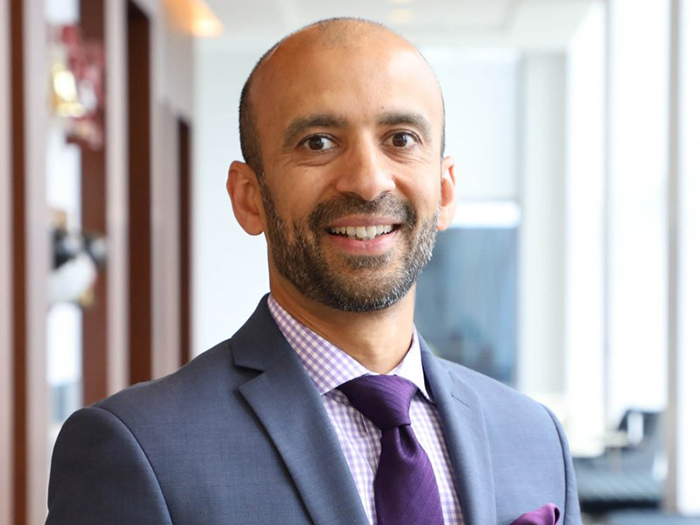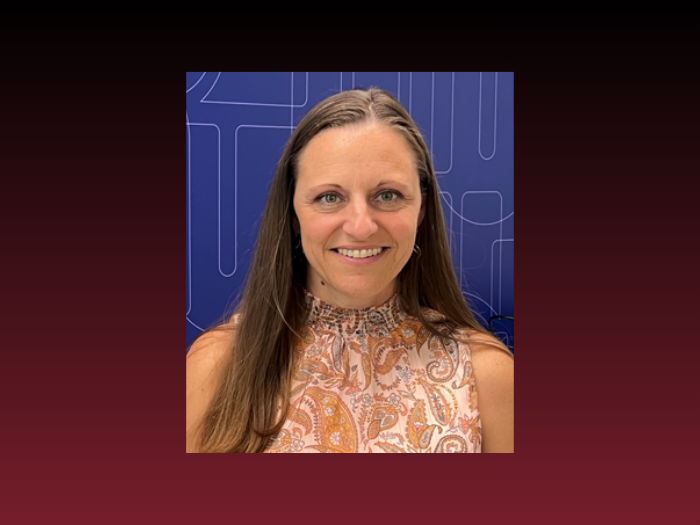Predicting Future Floods, and Why Historical Data No Longer Holds Water
In the insurance industry, assessing and managing flood risk is a critical endeavor. However, the conventional approach of referring to flood risk in terms of “1 in X years” is not only misleading but also leads people to underestimate the true extent of their risk.
Imagine you’re a homeowner considering flood insurance for your property. Your insurance agent tells you your home is in a “100-year flood zone.” Essentially, this means there is a 1% chance you will see a flood like the one on the FEMA flood map each year. Since 1% is also “1 out of 100,” the term “100-year flood” was adopted because it’s easier for insurers and underwriters to explain to homeowners.
On the surface, this may sound reassuring, as you only expect to live there for five or 10 years. After all, who wouldn’t feel relatively safe with odds like that? The problem with this terminology is that it fails to capture the full picture of flood risk today.
False Sense of Security
Firstly, the “1 in X years” terminology is based on historical data and statistical probabilities, which may not accurately reflect the increasing frequency and severity of floods due to climate change and urban development. As extreme weather events become more common, relying solely on past data to assess future risk is inherently flawed.
Moreover, this terminology can lull people into a false sense of security, leading them to underestimate the likelihood and potential impact of a flood.
Homeowners may forego flood insurance or neglect to take preventive measures, assuming that a catastrophic flood is a rare occurrence that won’t happen to them.
However, as we’ve seen time and again, floods can and do happen, often with devastating consequences. This underestimation can lead to significant financial losses, property damage, and even loss of life, underscoring the importance of accurate and timely flood risk management.
Time to Ditch the Concept of “1-in-500-year Flood”
What happens when a “1-in-500-year flood” hits your home or business three years in a row? Just ask the organizations like Gallery Furniture of Houston, Texas, who experienced three “1-in-500-year floods” in the span of three years.
Gallery Furniture, a well-known local establishment, faced significant damage and disruption due to the floods. In particular, the floods in 2015, 2016, and 2017 brought unprecedented levels of rainfall and flooding to the Houston area, causing extensive damage to businesses and homes alike. With multiple locations across the city, the retail establishment experienced severe damage to its showrooms, warehouses, and inventory during each of these events.
Climate scientists are now predicting that most coastal communities across the country will experience “1-in-100-year” flooding events every year by the end of the 21st century.
As noted by civil engineer and University of Alabama professor Hamed Moftakhari: “The threshold that we expect to be exceeded once every hundred years on average is going to be exceeded much more frequently in a warmer climate until they are no longer considered 100-year events.”
If this prediction is correct, that renders these terms useless when it comes to planning and assessing risk.
Data and Technology-Driven Flood Risk Assessment
Here’s where innovative solutions and new risk assessment models come into play to provide a more complete picture. Unlike traditional flood risk models that rely solely on historical data, new models have the ability to utilize real-time data and cutting-edge technology to provide accurate and timely flood forecasts.
By leveraging advanced predictive analytics and machine learning algorithms, these new forecasting models can anticipate flooding up to 48 hours in advance, giving organizations the time they need to prepare and mitigate potential damage.
This approach not only helps organizations better understand their flood risk but also enables them to take proactive measures to protect their assets and ensure business continuity. For example, imagine a logistics company that relies on a network of warehouses and distribution centers.
By using more modern and sophisticated flood forecasts, they can identify high-risk locations and implement measures such as flood barriers, relocation of inventory, or adjustments to delivery schedules to minimize disruption and avoid costly losses.
Some insurance players are already moving in this direction. Organizations such as Liberty Specialty Markets leverage real-time flood monitoring capabilities to provide invaluable services for their commercial property clients. The forecasts are remodeled every three hours and updated using the most current data and weather conditions.
By providing accurate and up-to-date information on flood extent and severity, Liberty’s clients can allocate enough resources and more effectively coordinate evacuation efforts, potentially saving lives in the process. Using this modern flood forecasting approach, Liberty is able to:
- Generate loss estimates to support financial planning
- Implement moratoriums on new policies when needed
- Provide boards with up-to-date information about the expected size of losses
- Allocate appropriate resources to rapidly settle claims and support their customers
Insurers must move away from “1 in X years” terminology to describe flood risk, as it is inherently flawed and can lead people to underestimate their true risk exposure. As climate change continues to exacerbate the frequency and intensity of extreme weather events, it’s more important than ever for organizations to adopt a proactive approach to flood risk management.
It’s time for a smarter alternative, providing accurate forecasts and actionable insights that empower organizations to better protect their assets and communities. By embracing these advances in flood risk technology, we can build a more resilient future for all. &










